Tag: oxygen

Airway Driving Pressure and Lung Stress in ARDS Patients
Since the first description of acute respiratory distress syndrome (ARDS) in the 1960s, numerous studies have sought the optimal tidal volume, positive end-expiratory pressure, plateau pressure, and inspired fraction of oxygen... read more
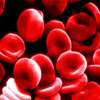
A closer step to artificial blood
Researchers have created an artificial red blood cell that effectively picks up oxygen in the lungs and delivers it to tissues throughout the body. This artificial blood can be freeze-dried, making it easier for combat medics... read more
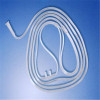
Apnoeic oxygenation via high-flow nasal cannula oxygen combined with non-invasive ventilation preoxygenation for intubation in hypoxaemic patients in the intensive care unit
A novel strategy for preoxygenation in hypoxaemic patients, adding HFNC for apnoeic oxygenation to NIV prior to orotracheal intubation, may be more effective in reducing the severity of oxygen desaturation than the reference... read more

Limited predictability of maximal muscular pressure using the difference between peak airway pressure and positive end-expiratory pressure during proportional assist ventilation (PAV)
Deducing maximal muscular pressure from ΔP during PAV has limited accuracy. The extrapolated pressure time product from ΔP is usually less than the pressure time product calculated from oesophageal pressure tracing.... read more
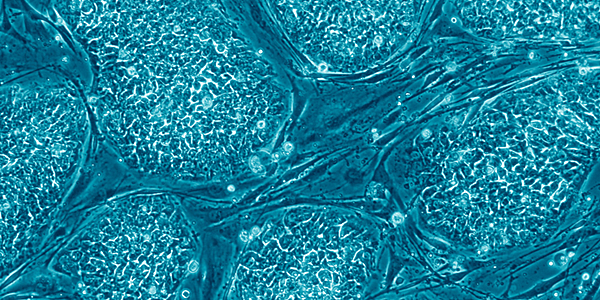
Stem cell transplant in primates treats injured hearts
After undergoing a transient myocardial infarction (MI), primates injected with stem cells showed improved heart function.... read more

Cricoid Pressure at Lower Forces Does Not Increase Oxygen Consumption
A pilot study has found that patients randomly assigned to cricoid pressure or sham treatment showed no difference in time to lowest peripheral capillary oxygen saturation (SpO2) or lowest SpO2 during anesthesia induction... read more

Long-Term Oxygen for COPD with Moderate Desaturation
The prescription of long-term supplemental oxygen did not result in a longer time to death or first hospitalization than no long-term supplemental oxygen in patients with stable COPD.... read more
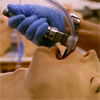
High-Flow Oxygen Not Inferior for Averting Reintubation
For high-risk critically ill patients who have undergone extubation, high-flow conditioned oxygen therapy is not inferior to noninvasive mechanical ventilation.... read more
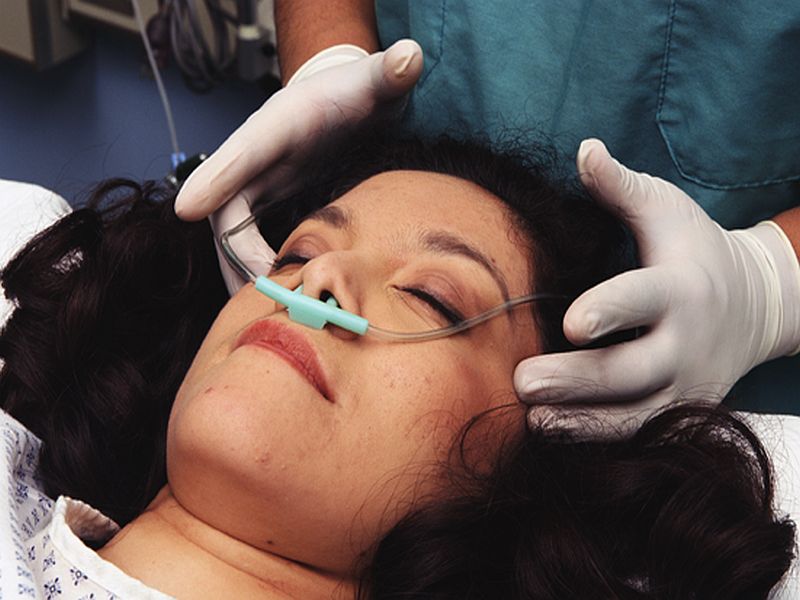
Conservative oxygen treatment linked to lower ICU mortality
A conservative protocol for oxygen therapy results in lower intensive care unit (ICU) mortality compared to conventional care.... read more








